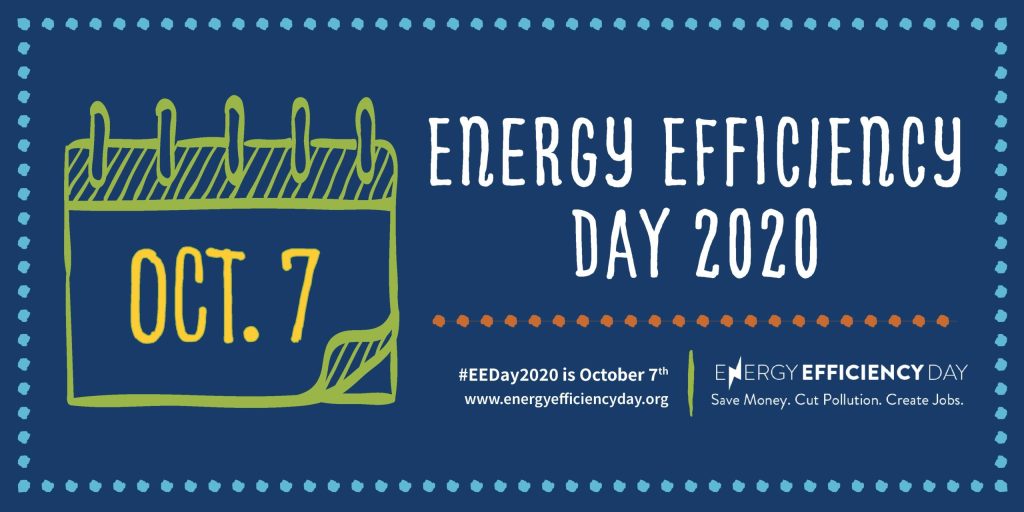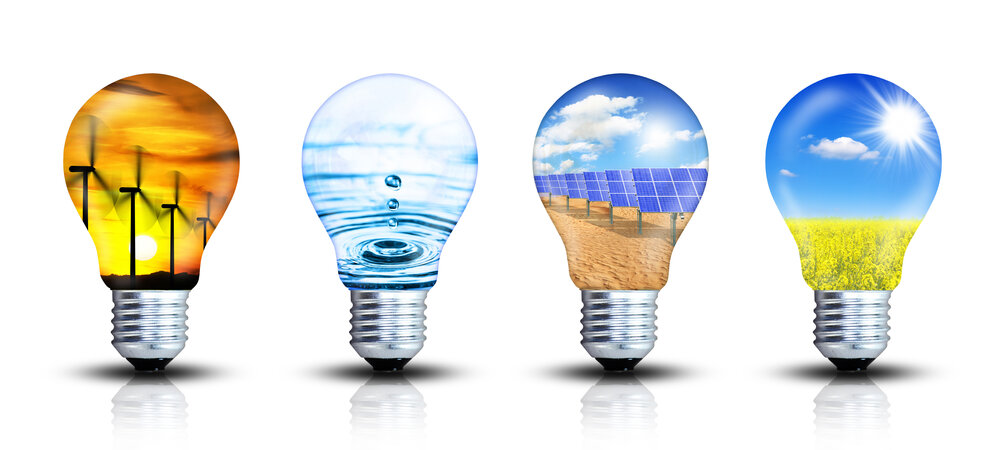Power Plays
Energy Efficiency Day 2020
While energy efficiency is important every day of the year in any economy, 2020 is presenting unique challenges along with big opportunities for companies and individuals alike and now is a great time for everyone to take control of energy use and utility costs. Using energy efficiently is the simplest way to lower utility bills, […]













